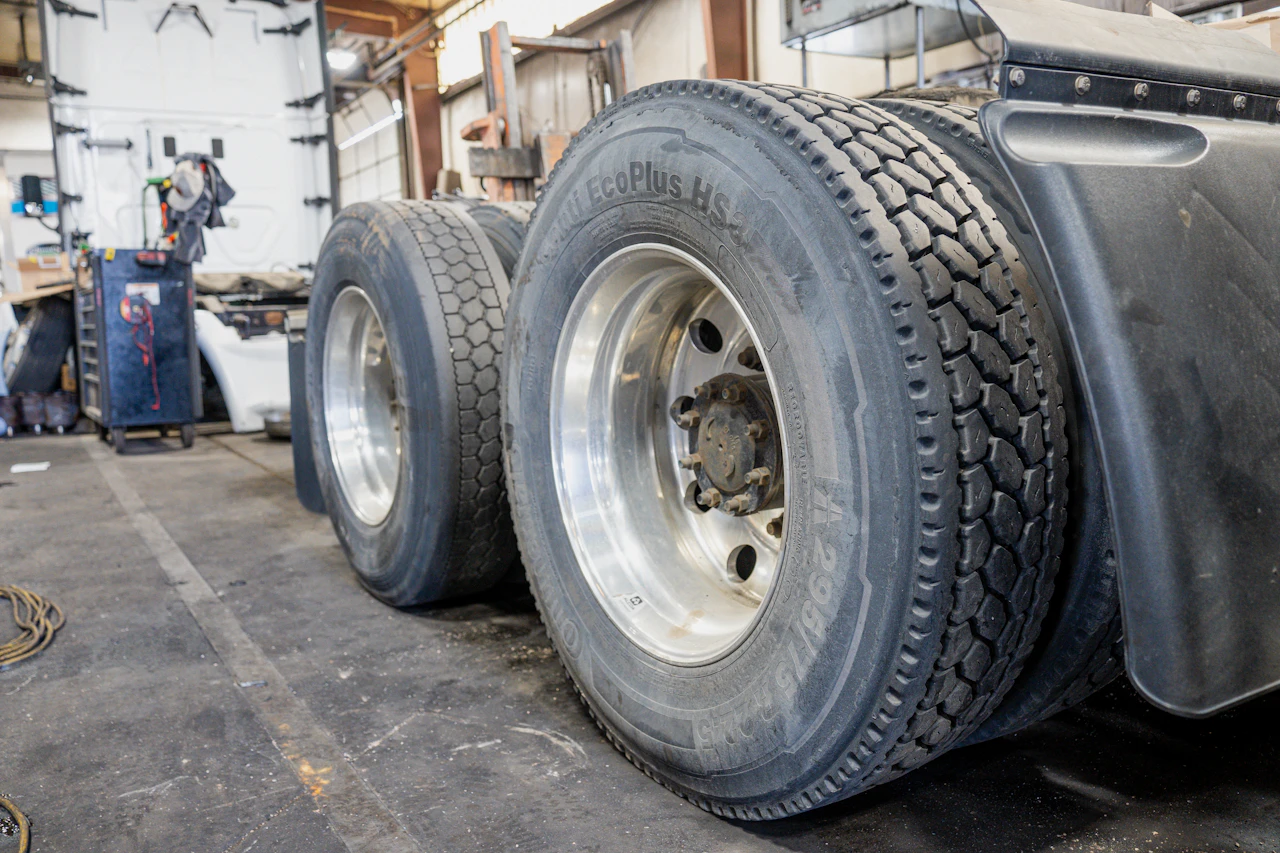Like any business, you want it to be successful. To do that, you need to keep your fleet running like a well-oiled machine. But that isn’t just about fixing problems when they pop up; it’s about stopping those problems before they ever get a chance to sideline your trucks. That’s where fleet preventive maintenance comes in. For fleets operating in Virginia’s tough mix of weather, road conditions, and industry demands, a proactive maintenance plan can mean the difference between peak productivity and costly downtime.
What Preventive Maintenance Means to Your Fleet
Although reactive repairs may feel like they save time and money in the short run, they’re a budget-killer over the long haul. Every unscheduled repair equals lost work hours, delayed deliveries, and sometimes even missed contracts. On the flip side, preventive maintenance means that instead of waiting for a breakdown, you identify wear-and-tear issues early, schedule repairs at convenient times, and keep trucks road-ready.
A well-planned preventive maintenance program can:
- Extend vehicle lifespan
- Reduce unexpected repair costs
- Improve fuel efficiency
- Boost safety and compliance ratings
Because at the end of the day, it’s all about maximizing return on investment (ROI) —and that means fewer unplanned repairs to see more uptime, and better operational performance.
Core Components of Fleet Preventive Maintenance
Preventive maintenance covers every system that keeps your truck moving safely and efficiently. Here’s what a solid PM program for heavy-duty fleets should include:
1. Engine Care
Your engine is a big part of what keeps your truck running, and keeping it healthy is mission-critical. This means:
- Regular oil changes to prevent component wear
- Coolant system inspections to avoid overheating
- Monitoring air filters for clogging that robs power and fuel efficiency
Neglecting engine PM can lead to major failures that cost thousands, and that’s before factoring in the lost revenue from a sidelined truck.
2. Transmission and Driveline Checks
Smooth gear transitions and efficient power delivery rely on proper fluid levels and component inspections. Catching early signs of clutch wear or driveshaft imbalance prevents bigger repairs and keeps drivers comfortable and in control.
3. Brake System Inspections
Heavy-duty braking systems work hard every mile. Routine inspections of air compressors, service chambers, and brake shoes ensure that stopping power is always there when you need it — especially important on Virginia’s hilly terrain.
4. Suspension and Steering
Suspension systems keep loads stable and protect your cargo. For fleets hauling through rough rural roads or construction sites, shock absorber, leaf spring, and airbag inspections help maintain ride quality and protect the truck frame.
5. Tire Care
Tires are one of the highest-wear items on a fleet vehicle. Regular tread checks, air pressure adjustments, and alignment corrections cut fuel consumption and prevent dangerous blowouts.
6. After-treatment Systems
For emissions compliance, components like the DPF (Diesel Particulate Filter), SCR (Selective Catalytic Reduction), and DOC (Diesel Oxidation Catalyst) require monitoring and cleaning to keep trucks road-legal and efficient.
Scheduling PM for Maximum ROI
The trick to maximizing ROI with preventive maintenance is balancing service intervals with operational schedules. Many Virginia fleets operate under mileage-based PM schedules, but you can also use:
- Engine hours: this is ideal for vocational trucks that idle often
- Seasonal intervals: this is ideal for preparing for summer heat or winter cold
- Predictive analytics: this is ideal for using telematics to monitor component health in real-time
This data-driven approach helps you service trucks just before performance drops. Knowing which schedule suits your needs means you’re right on time with any PM for your fleet.
Cost vs. Savings: The ROI Equation
Alright, let’s look at this with some numbers:
If a roadside breakdown costs $2,000 in repairs plus $1,500 in lost delivery revenue, that’s $3,500 gone in a single incident. Preventive maintenance might cost $500–$800 per truck per service interval, but it prevents those big-ticket breakdowns. Over a year, those savings stack up. Now consider this for a big fleet, and it adds up!
Building a Preventive Maintenance Culture
A maintenance plan is only as strong as the people who follow it. Train drivers should be trained to recognize early warning signs, such as unusual noises, fluid leaks, or performance drops. Encourage communication between operators and technicians. Remember, the sooner issues are reported, the faster they can be addressed.

.svg)
.svg)
.svg)